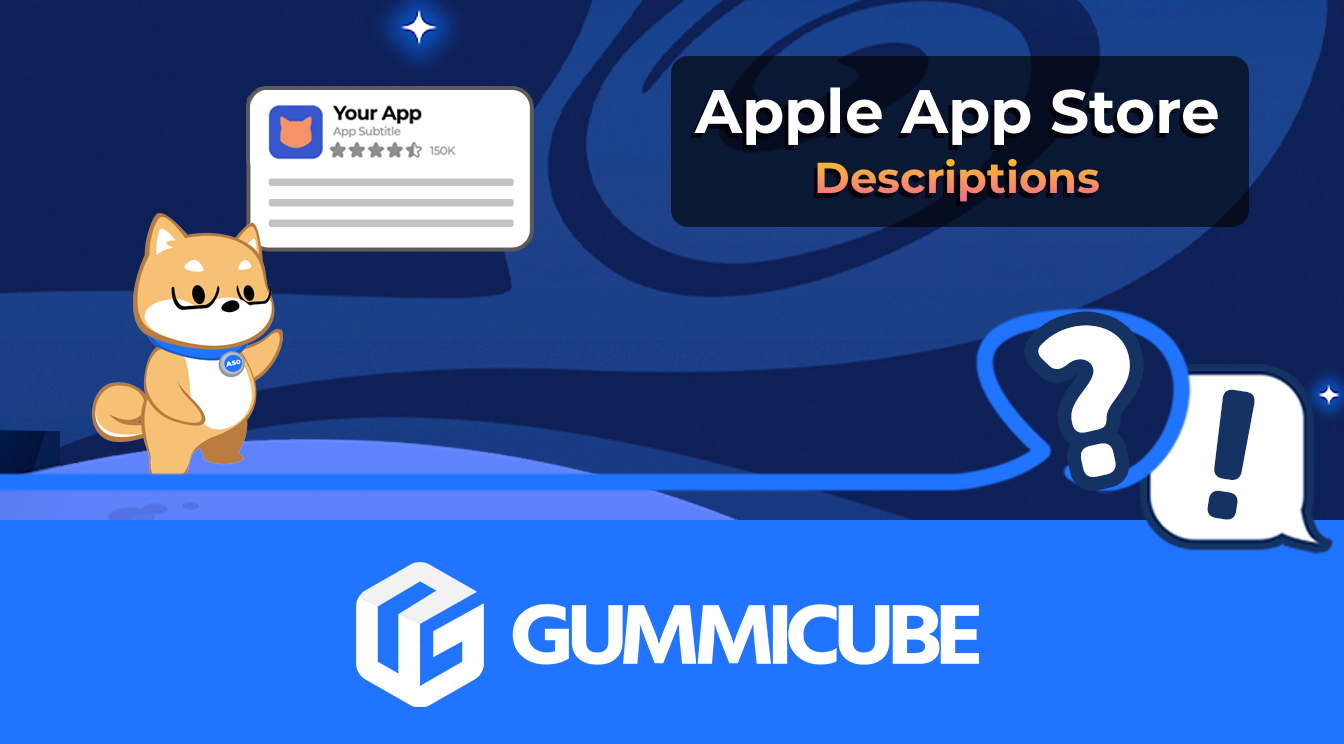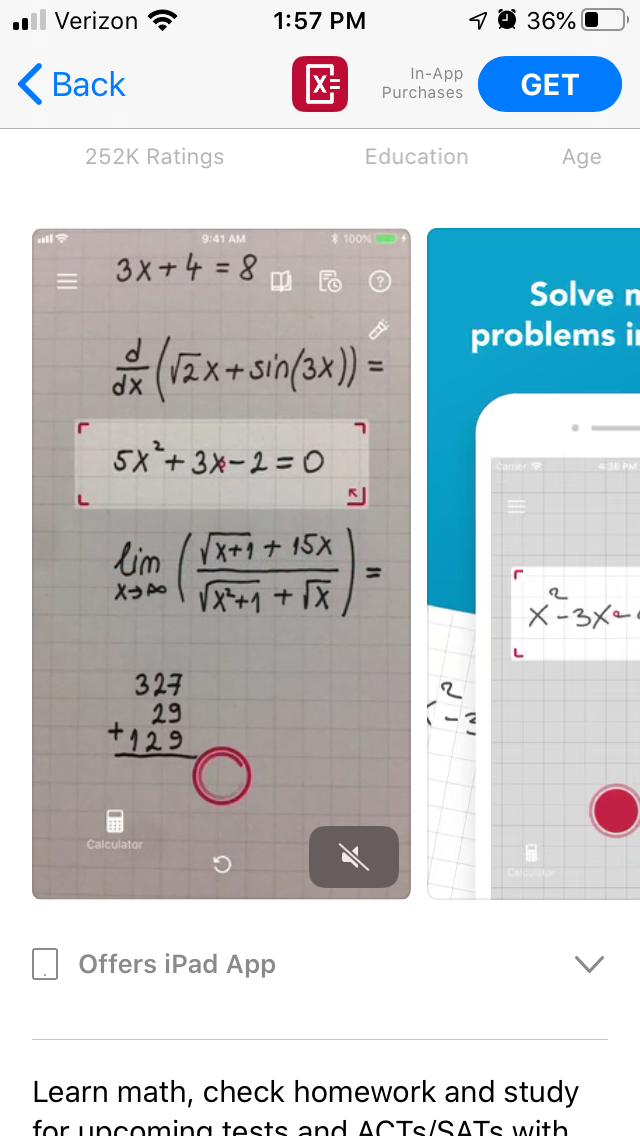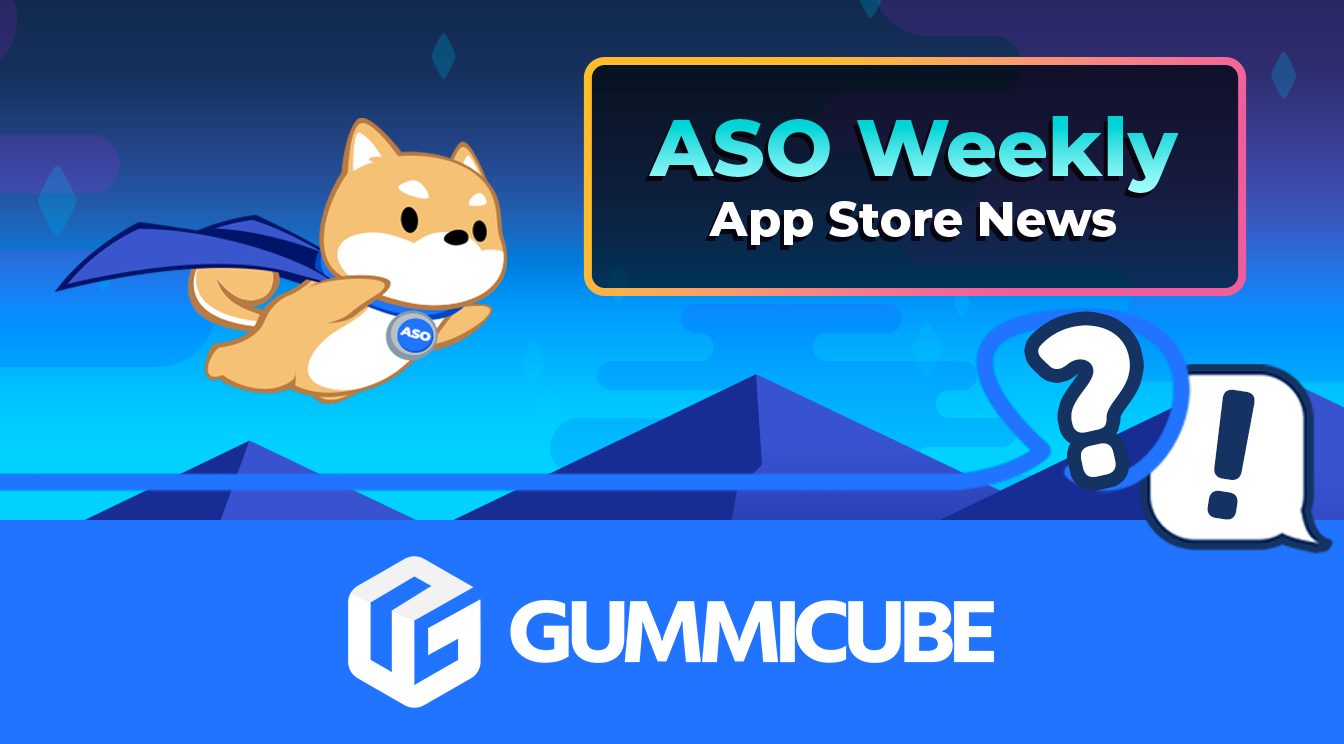
How to Write an Apple App Store Description
Posted on July 17th, 2024
Learn how to approach App Store descriptions the right way so you can effectively engage and convert users.

App Store Optimization is important for apps of all types, from educational apps to mobile games. With schools having teachers instruct remotely and many closing down for a month or longer, mobile apps can help educators assign homework and students complete their assignments. Continuing with their theme of featuring apps that can be used while users are sheltered in place, Apple just featured a list of apps for helping with homework. This makes it a good time to understand how homework apps can utilize App Store Optimization.
The title of an app does more than create a brand. It also conveys its purpose to users and helps its keyword indexation. The keywords an app is indexed for determine what searches it appears in, with higher-ranked apps easier to find.
On both the iOS App Store and Google Play Store, app titles are used for keyword indexation. This is a major reason why apps will often include additional keywords after the app name. For instance, looking at Apple’s list of homework apps, we can see apps using terms like “Live Study Help” and “The Homework App” in their titles after the app name. This means that Brainly is targeting “homework” keywords by including it in the title as well as instantly telling users it is an app for helping with homework.

On the iOS App Store, apps can also include subtitles. These provide an additional 30 characters for keywords and informing users about the app. For instance, the Photomath app has a subtitle stating “Scan. Solve. Learn.” This means the app is targeting those three keywords, and users looking at it can infer that the app helps users learn math by scanning equations and seeing how the app solves problems.
Apple includes a 100-character keyword bank where developers can declare additional keywords. For instance, while the math apps may not fit “addition,” “subtraction” and “multiplication” into their titles or subtitles, they can include them in the keyword banks to target those terms.
Google Play ranks apps for keywords differently. Terms used in the title and short description are used for keyword indexation, then the store’s algorithm crawls the description for additional terms. Developers should ensure they’re utilizing the keywords they want to rank for throughout the description in order to target them.
Homework is not typically a visually interesting subject, so homework apps need to find ways to make the creatives for their apps engaging. This requires designing and testing screenshots and videos that can inform users about the app in a manner that draws the eye.
There are several different ways to do this. Quizlet, for instance, places its screenshots on a white background with drawings on the borders and large callout text describing the core values of the app. These are simple but they illustrate the purpose and functionality efficiently.

Wolfram Alpha uses slightly more complex screenshots, with images connecting from screenshot to screenshot. The callout text is smaller and lengthy, requiring users to focus on each screenshot to read it, but it carries throughout each image to create a complete pitch.

Showing apps in action through the video can also help with App Store Optimization. Photomath, for instance, includes a video showing the app in action, along with narrative text that explains how it can scan formulas and help users learn with visual aids. These videos can also begin by calling out core features and include music to keep users interested.

The description can play a major role in conversions. This is where the developers are able describe the app in more detail, its features and why users should download it. In the case of homework apps, it should explain how it can help students with their homework.
For instance, PhotoStudy begins its description on the App Store with “Stuck on a homework problem or studying for a test and need help right away?” This presents an instant value to users, particularly those looking for homework assistance. Chegg Math Solver uses a similar value proposition, telling users to “fear no math problem” before presenting helping with homework as an example of an issue it can help with.
These descriptions should follow ASO best practices, including:
Making sure the descriptions are informative, easy to read and present the app as a valuable asset can help convert users. This is a cornerstone of App Store Optimization.
As any teacher knows, tests are important. This is also true for testing an app page’s performance. Running A/B tests can identify what variants for the creatives or descriptions may drive more clicks or conversions than others.
Developers can use this information to design new iterations that build on the success of past versions. Just like an essay can be improved with edits and revisions before the final draft, so too can an app listing be improved based upon user feedback.
Homework apps are great tools for students and teachers alike, but they need to be discovered so that users can utilize them. Now that schools are temporarily closing and teachers must instruct students remotely, it’s important to ensure your app stands out in the search results.
Good App Store Optimization can help a homework app appear in searches for relevant keywords and convert users. By fully optimizing its keywords, creatives and description, then testing and creating new iterations, a homework app can reach more users and help more students succeed.
Want more information regarding App Store Optimization? Contact Gummicube and we’ll help get your strategy started.

Learn how to approach App Store descriptions the right way so you can effectively engage and convert users.

Learn how to grab your audience's attention through effective and engaging app store preview videos.

Welcome to this week’s ASO Weekly - The App Store halts gambling ads amidst outcry and the Apple takes a bite out of NFT app sales.